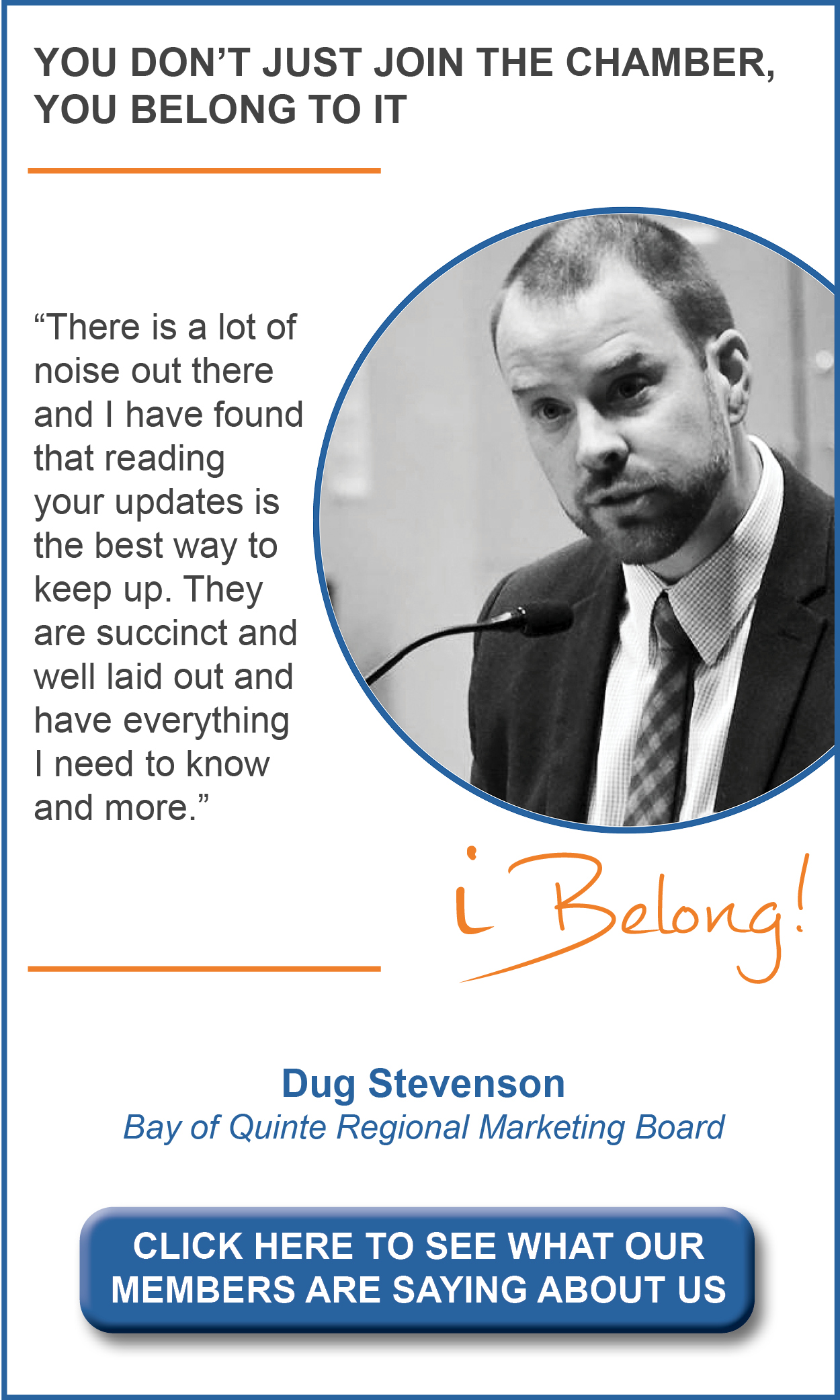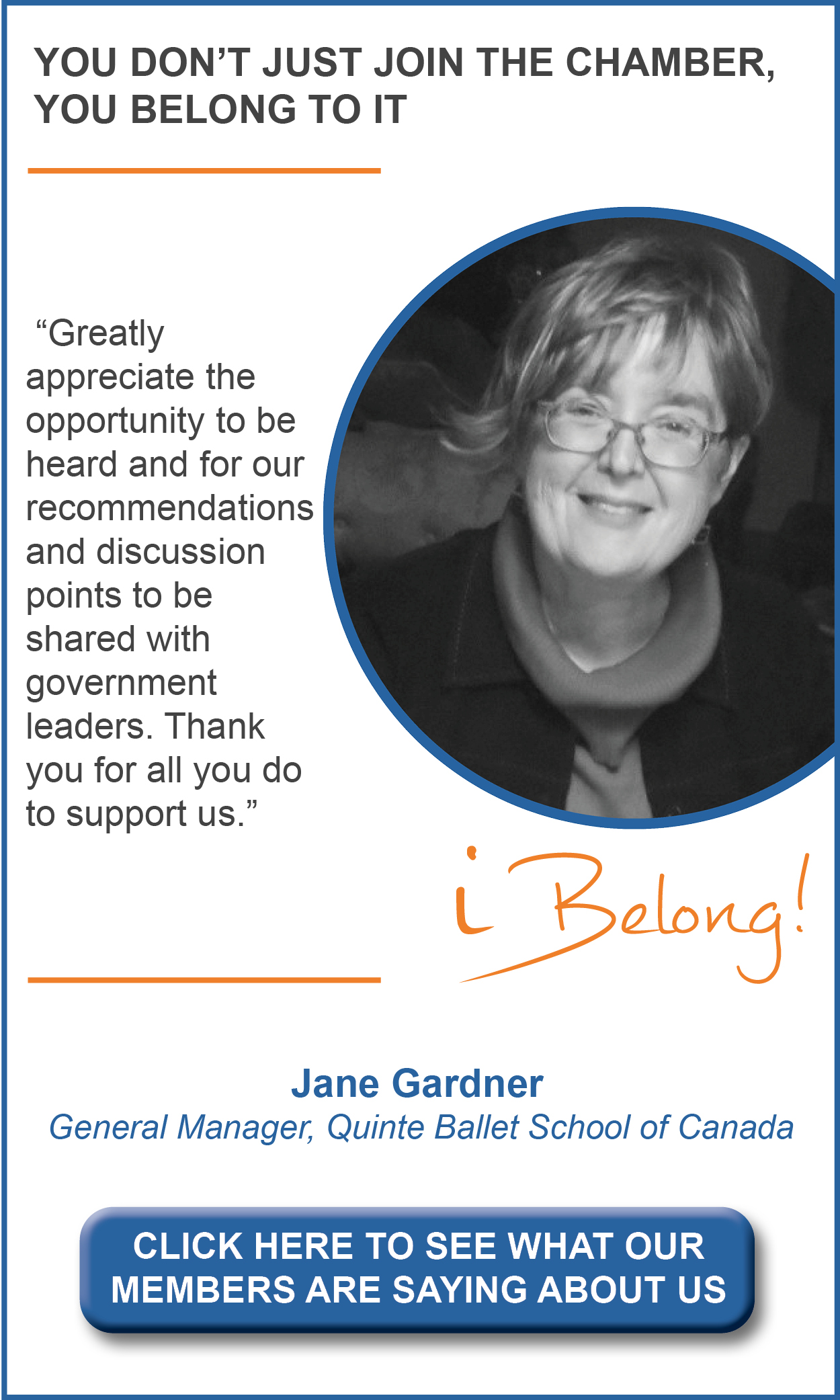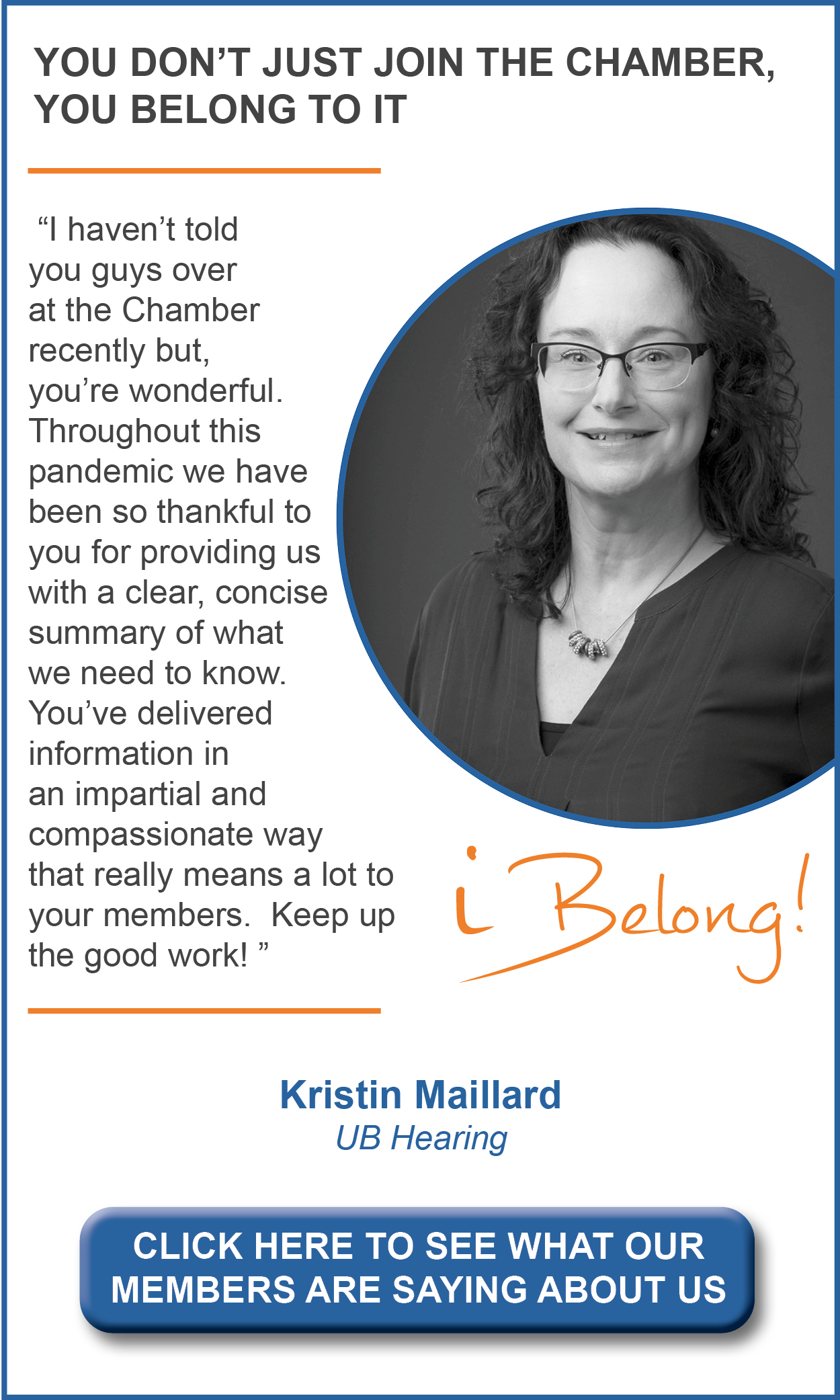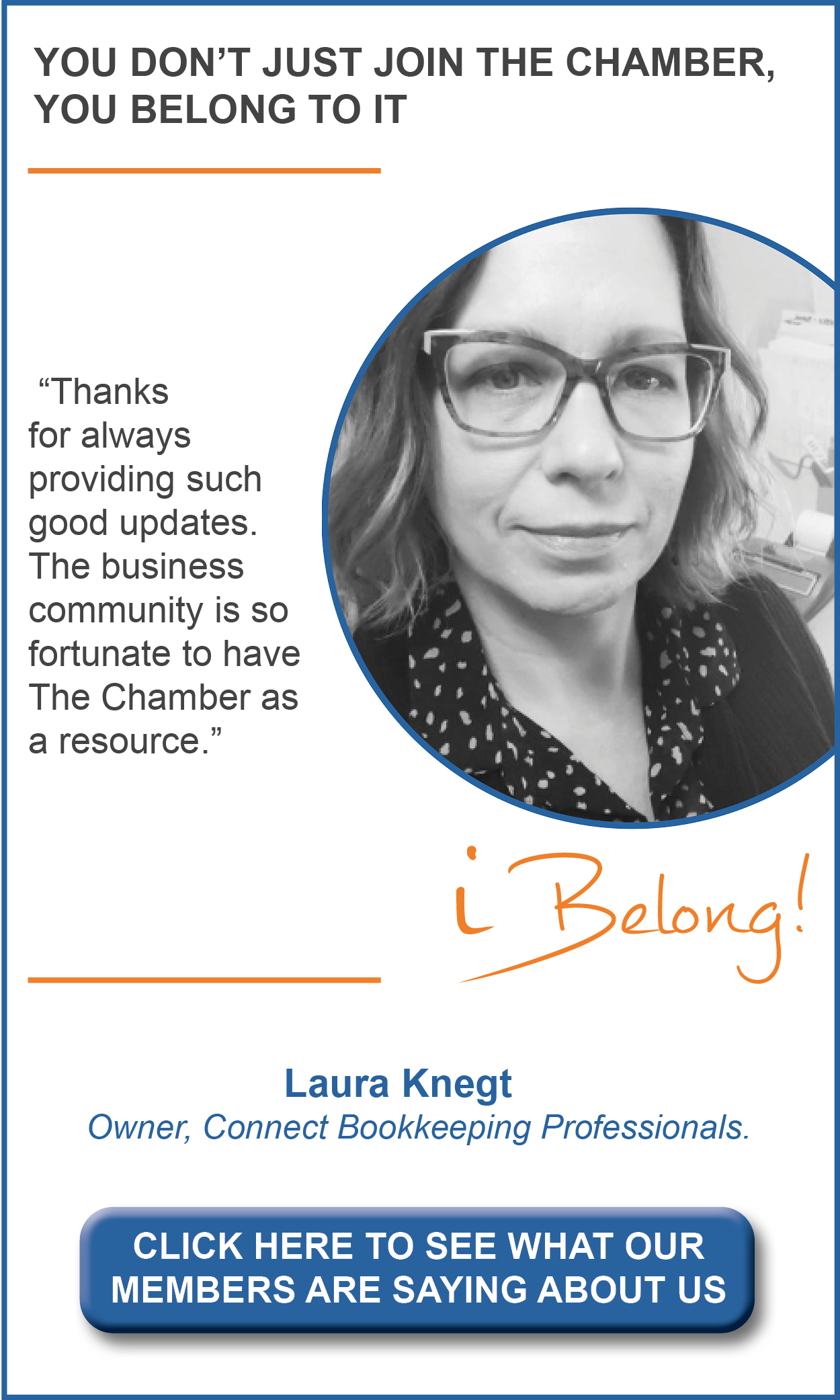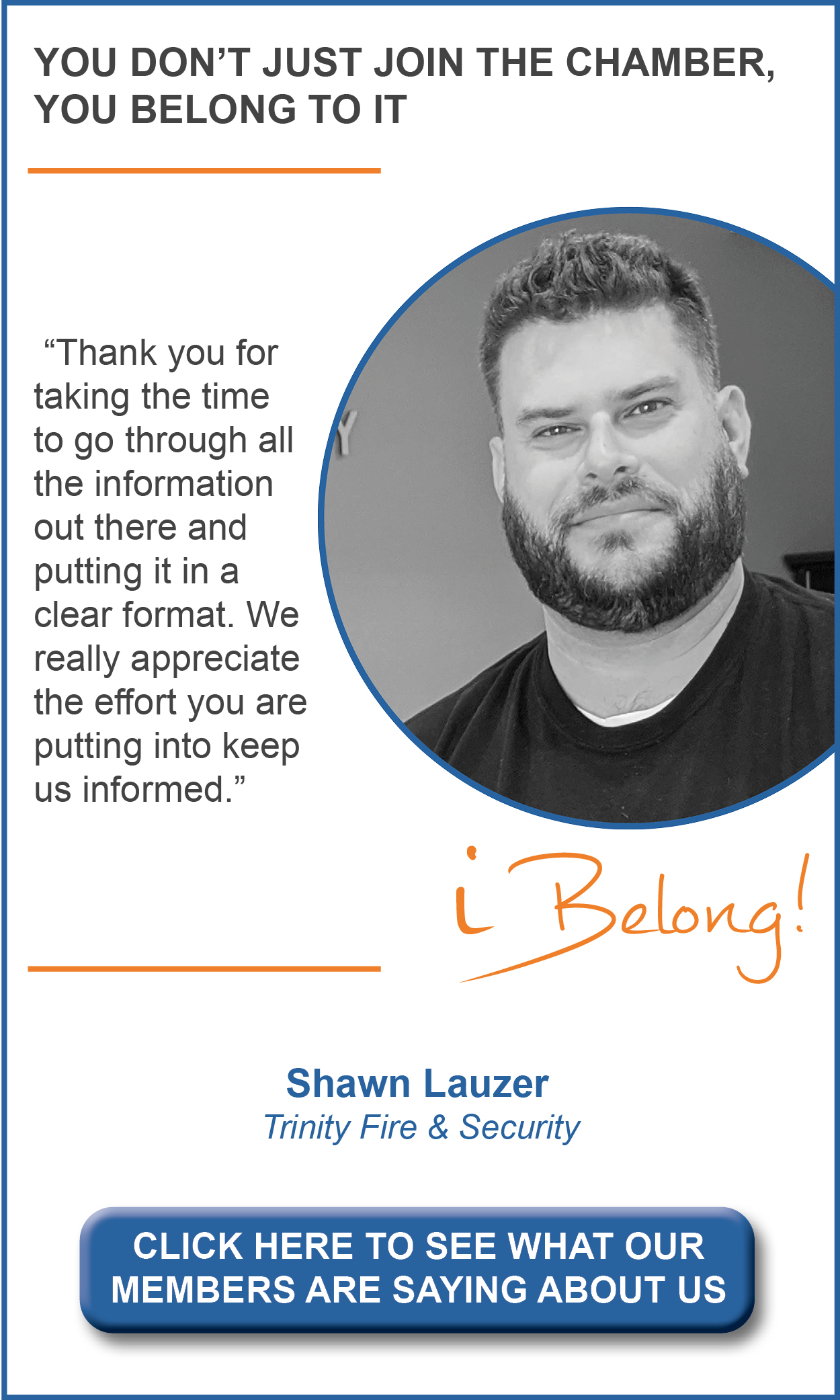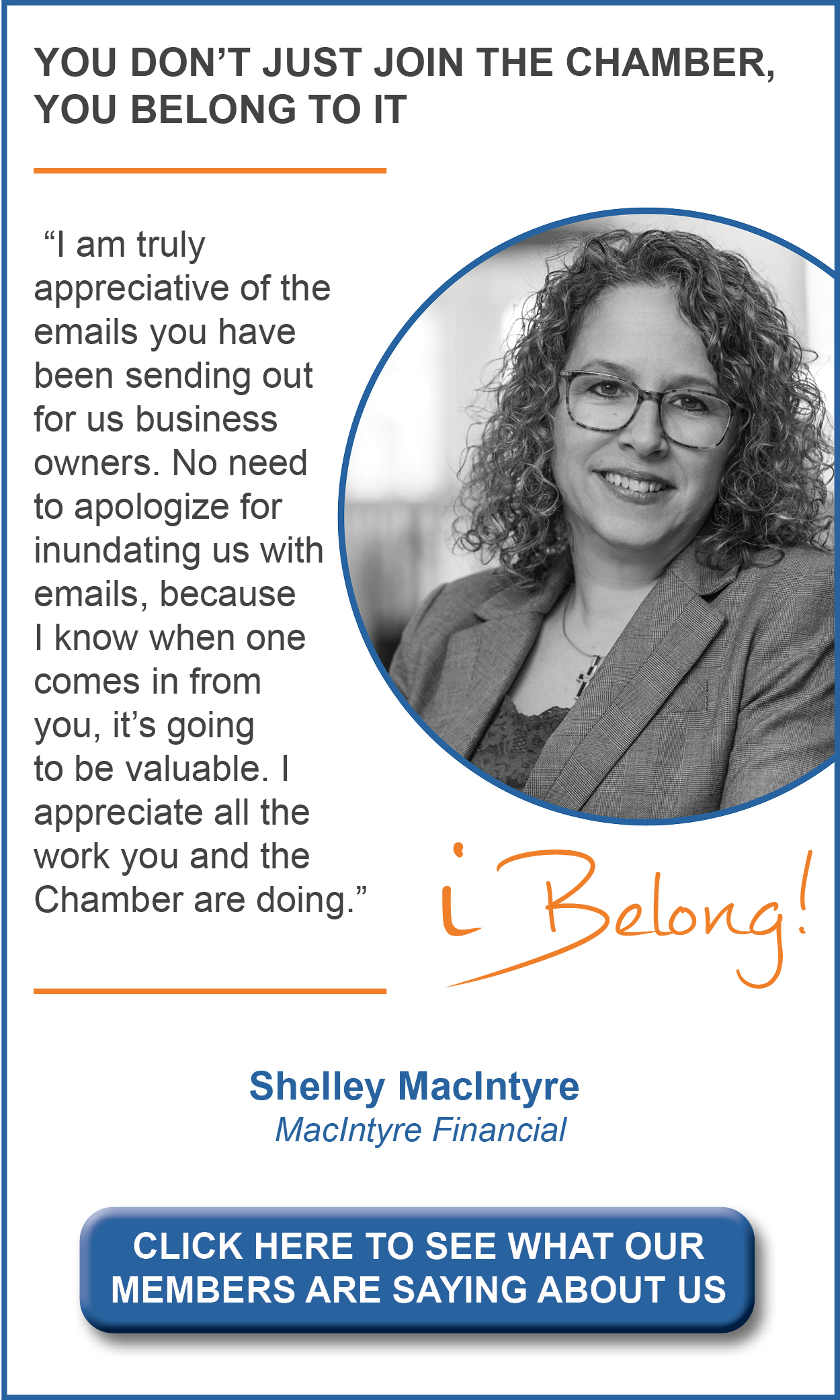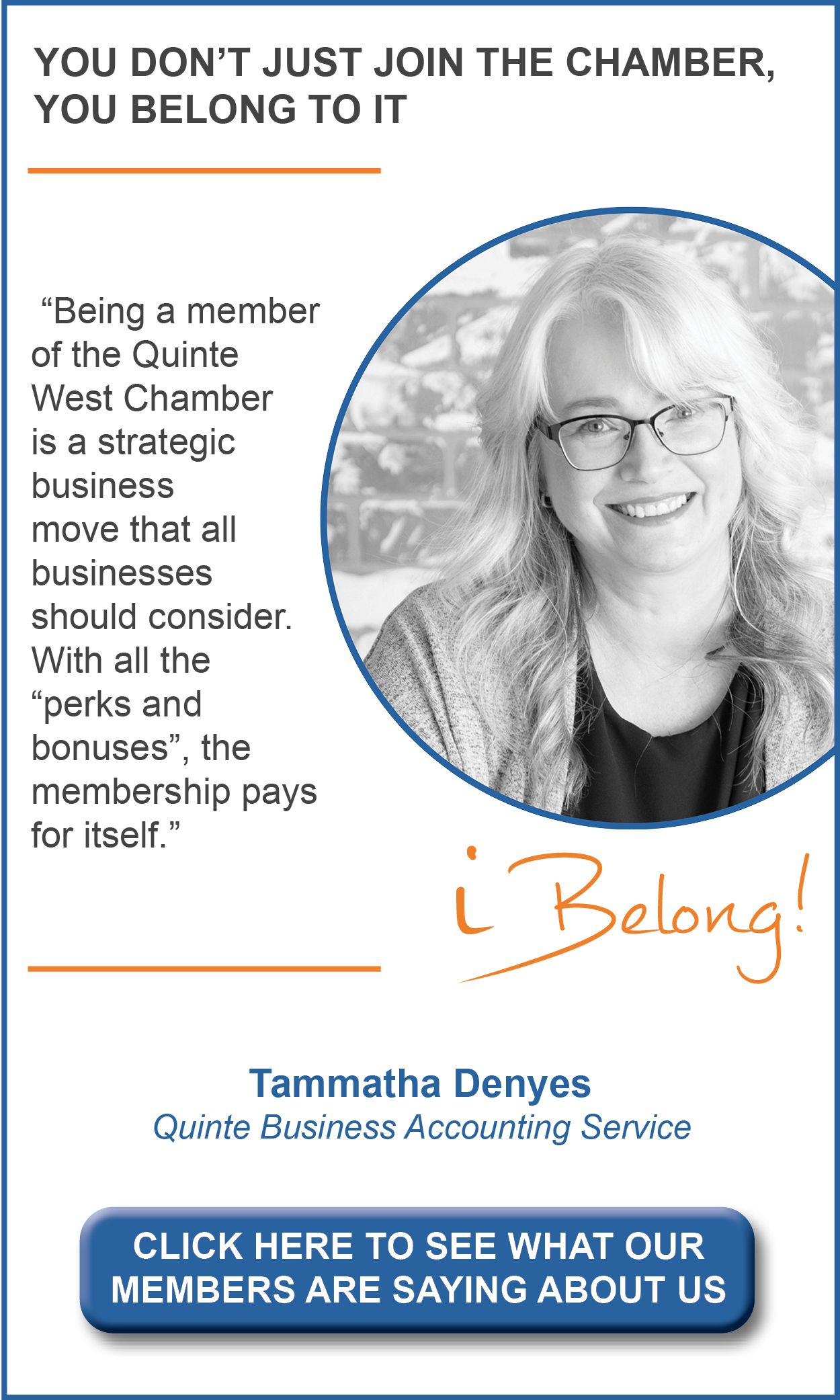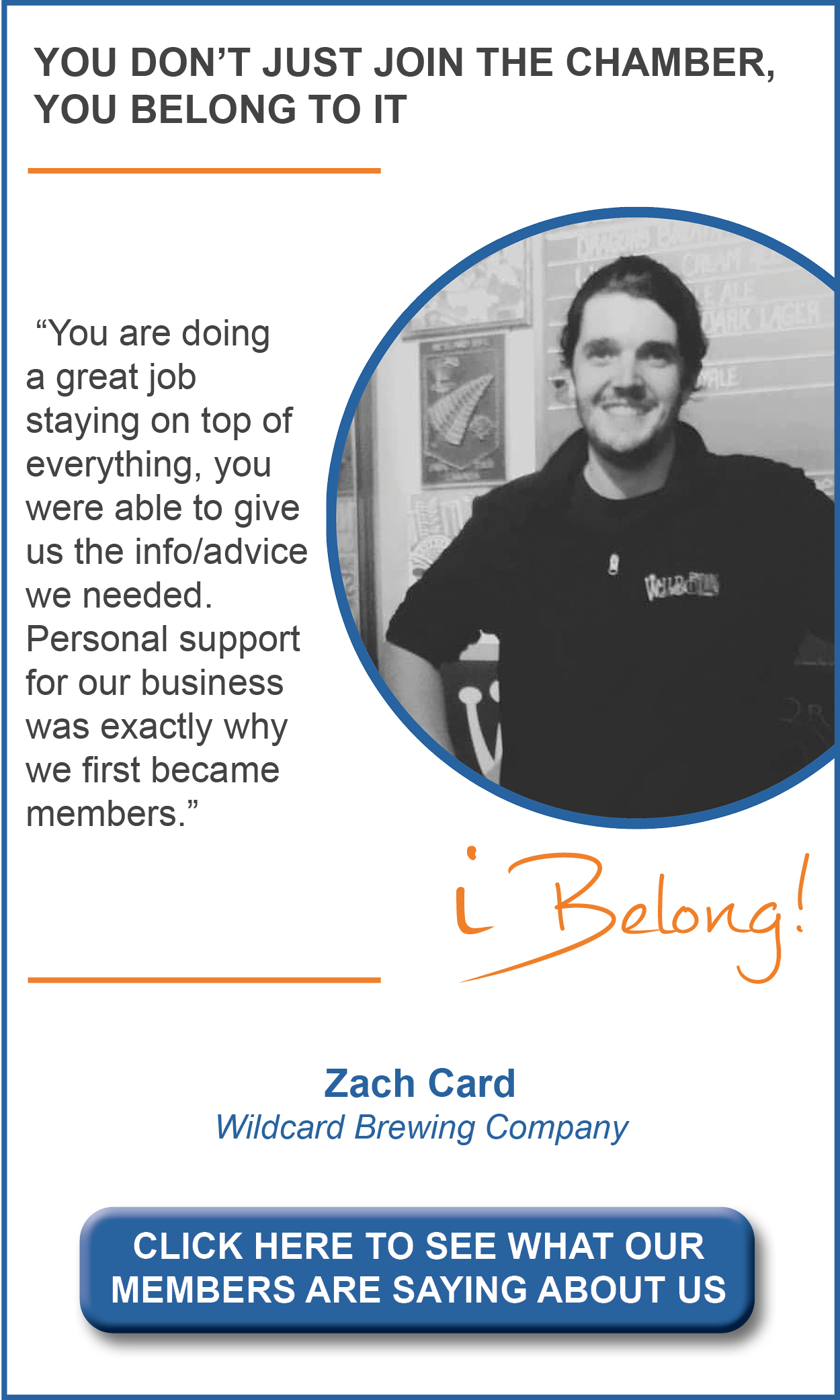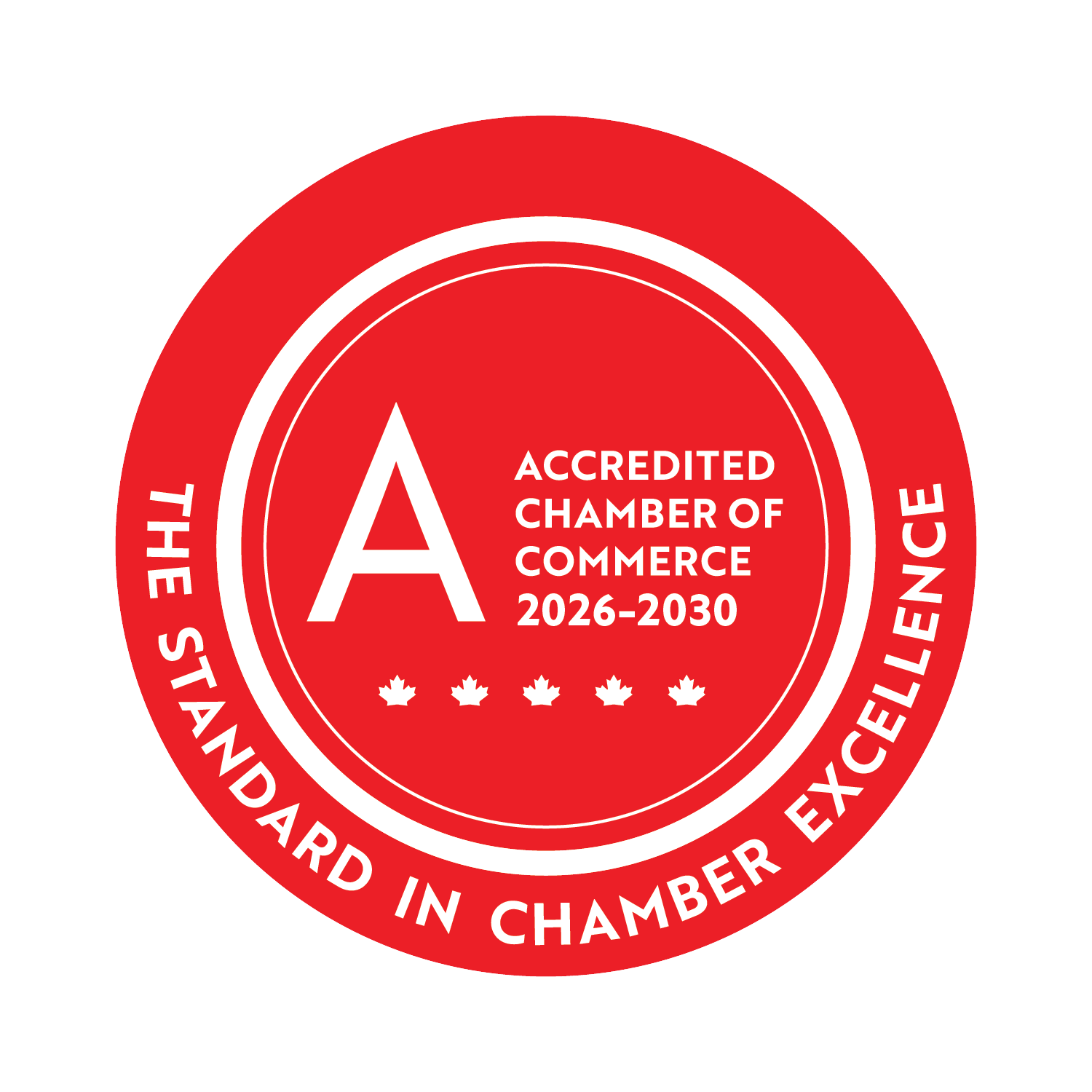There are many things that Ontario can do to emerge stronger. Capitalizing on the untapped potential of persons with disabilities is one of them.
Did you know that 15.4 percent of Ontarians aged 15 and over live with a disability? Almost 41 percent of this population has postsecondary accreditation. Yet, the unemployment rate among persons with disabilities in Ontario is about 8 percent higher than that of the general population, according to data from Statistic’s Canada’s 2012 Canadian Survey on Disability.
There are many things that Ontario can do to emerge stronger. Capitalizing on the untapped potential of persons with disabilities is one of them.
Accomplishing this will require a shift in the ways that employers think about hiring a person with a disability. Questions and concerns surrounding additional expenses, employee assistance, and absenteeism are just some of the thoughts that can sometimes pass through an employer’s mind when it comes to hiring a person with a disability. Putting these types of negative stereotypes to bed and getting the facts straight is essential to helping close Ontario’s skills gap.
Here is our list of eight frequently cited myths about hiring an individual with a disability.
Myth 1: Employees with disabilities are less productive than their colleagues.
Fact: Research shows no job performance difference between employees with disabilities and their non-disabled counterparts.
Myth 2: Employees with disabilities are harder to dismiss for underperformance.
Fact: Under the Ontario Human Rights Code, employees with disabilities fall under the same legislation and provisions as employees without disabilities when it comes to lawful termination, and are therefore no more difficult to dismiss than any other employee group.
Myth 3: The costs associated with hiring and accommodating employees with disabilities are too high.
Fact: Research demonstrates that cost is a minimal issue, and given high job performance indicators, hiring employees with disabilities makes good business sense. In fact, the average cost for those who require accommodation is $500.
Myth 4: Employees with disabilities will be a burden to other employees without disabilities.
Fact: Research shows that inclusive workplaces are better, more energizing places to work and are actually more profitable over the long-run. It has been found that 70 percent of young individuals aged 18 to 26 say a company’s commitment to the community, including the hiring of a diverse workforce, has an influence on their decision to work there.
Myth 5: Employees with disabilities have a high absentee rate.
Fact: Studies have shown that employees with disabilities do not miss work any more than their colleagues without disabilities. Rather, it has been found that employees with disabilities tend to have a better attendance record than their non-disabled co-workers.
Myth 6: Candidates with disabilities don’t have the skills, training or education required.
Fact: Over 50 percent of individuals with disabilities have high school diplomas and over one third have completed post-secondary educational programs. In fact, according to Human Resources and Skills Development Canada, individuals with disabilities are two thirds as likely to have a post-secondary diploma than adults in Canada without a disability.
Myth 7: Another team member will always have to help an employee who has a disability.
Fact: Employees with disabilities who receive the necessary training should not require any more help than their non-disabled counterparts. For the most part, individuals with disabilities have adapted to the challenges that their disability might bring to their lives and are able to complete their work without any assistance.
Myth 8: Worker’s compensation rates will increase if persons with disabilities are hired.
Fact: An employer’s insurance rates are based exclusively on the comparative risks associated with the organization’s accident history, as opposed to whether or not some of their staff members have a disability.
To learn more about the potential of skilled individuals with disabilities, read our report, Building Bridges: Linking Employers to Postsecondary Graduates with Disabilities.
To find more information and resources to help your business become accessible, visit AccessibilityWorks.ca.


